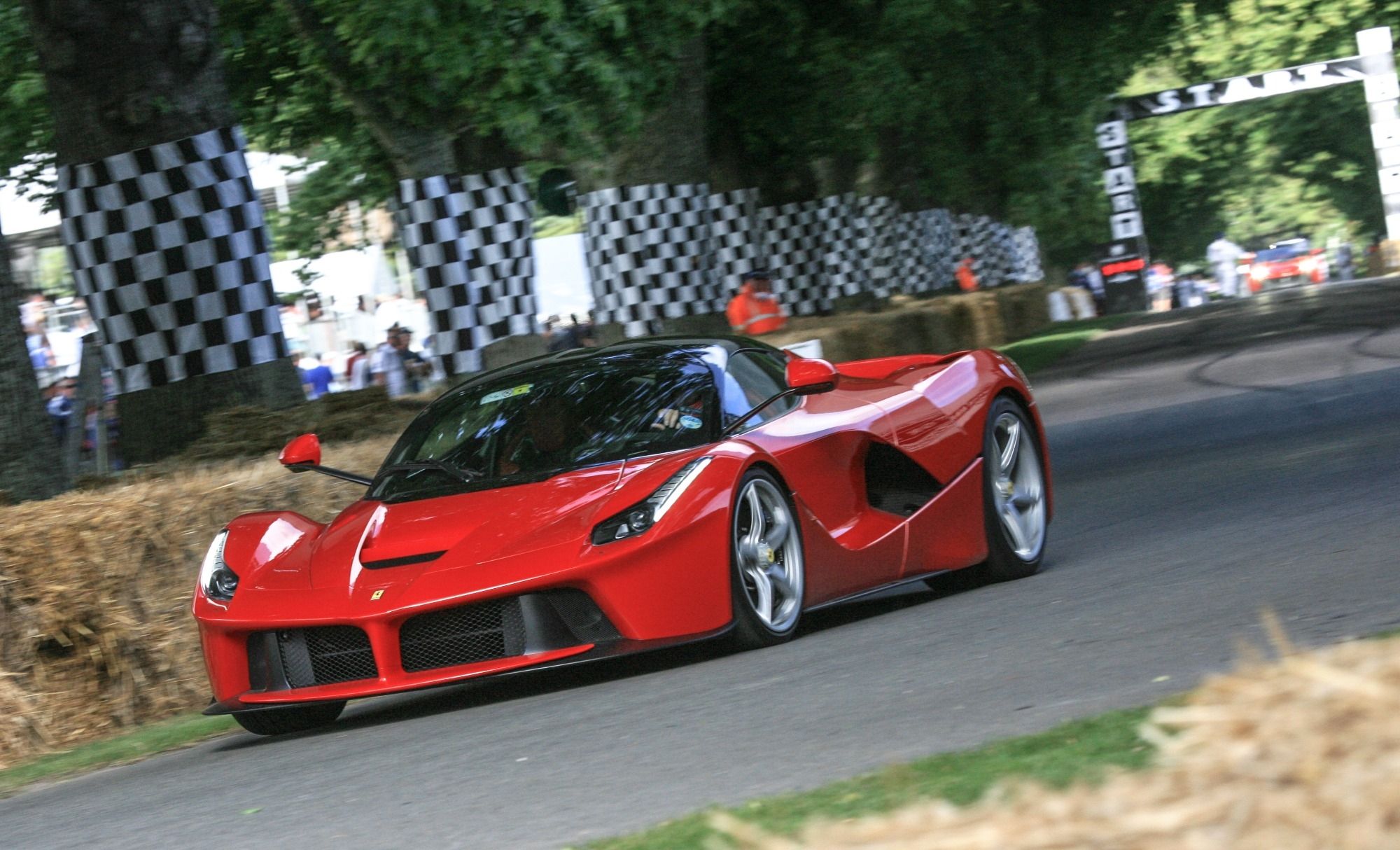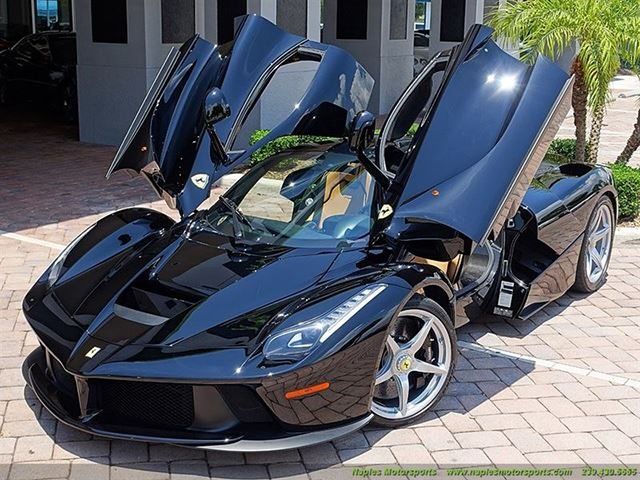
The supercar business is not only lucrative for manufacturers, but also for wealthy and intelligent buyers. When a limited edition supercar or hypercar is released, oftentimes there are far more buyers interested than models produced by the automaker. Examples of this include the Porsche 918 Spyder-all 918 models produced sold out quickly, leaving some true enthusiasts empty handed. Other manufacturers, such as Ferrari, issue invitations to prospective buyers, shutting out the public entirely.
This exclusivity means the prices of rare supercars soar right after they are released. Because of this, we often see someone purchasing a car and then almost immediately reselling it to make a quick buck. So, is this a fair method of investing, or a huge automotive no-no? We think it is the latter. These rare supercars should be sold to buyers at the price the manufacturer chooses, and then they should be driven instead of passed around. If you want to invest, go to the stock market. Don't put money into a car that you won't even drive. Truly interested buyers are forced to pay double or triple the initial asking price just because someone purchased an ultra-rare supercar for profit.
This recently happened with a one-off Pagani Huayra, dubbed the "730S Edition." All 100 Huayras have been bought, and this specific one cost roughly $2 million. Just a few weeks after delivery this Pagani was put up for sale for $5.5 million. Another shocking instance of this is the LaFerrari for sale at Florida's Naples Motorsports, said to be the only one for sale in the US. Originally purchased for around $1.4 million, this like-new beauty has an asking price of $5 million. Do the rarity of these cars justify these outrageous asking prices? Is flipping a rare supercar for profit an okay thing to do? Or should rich gearheads be loyal and actually drive the supercars they buy? Let us know in the following poll.

